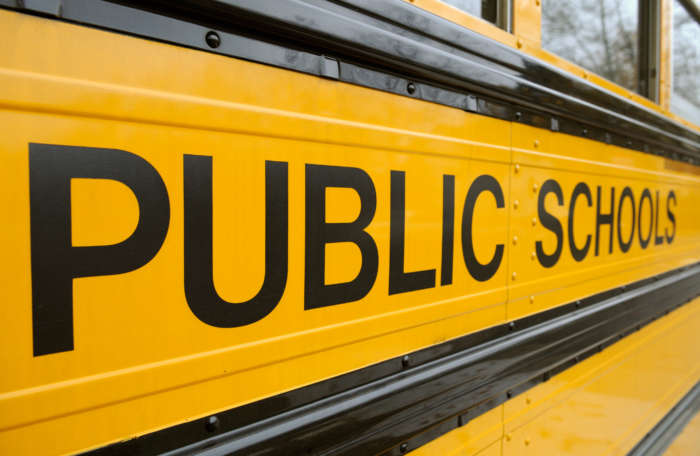Charter schools increase the average quality of traditional public school teachers by providing high-quality, unlicensed teachers an easier pathway into the field, a new paper published by the National Bureau of Economic Research concludes.
“Because the fixed costs to participating in the charter sector are low, teachers are able to explore their taste for teaching before committing to fixed costs (licenses). This in turn generates positive selection on the quality of teachers entering public school careers,” conclude economists Jesse Bruhn of Brown University, Marcus Winters of Boston University and Scott A. Imberman of Michigan State University.
Looking at Massachusetts public charter schools, the economists discovered that charter schools exhibited a U-shaped teacher attrition pattern, with high-performing teachers and low-performing teachers both tending to leave at high rates. But the destinations of the high-quality and low-quality teachers were polar opposites.
Unlike in traditional public schools, low-performing charter school teachers tended to leave teaching for other fields. By contrast, high-performing charter school teachers tended to pursue licensure and transfer to a traditional public school.
The authors conclude that the low barrier to entry for becoming a charter school teacher attracts people who are interested in teaching but who are not ready to commit to getting a four-year teaching degree and a state license.
By offering a quick on-ramp into the teaching profession, instead of a wall that takes years to climb over, charter schools are able to attract talented teachers who otherwise would never enter the field. Once they decide to stick with teaching, they then pursue licensure and move to traditional public schools, which typically offer higher pay and more generous benefits.
In short, charter schools perform a valuable public education service by weeding out poor-performing teachers and channeling high-performing ones into traditional public schools.
Bruhn, Winters and Imberman write that “charter schools tend to hire unlicensed teachers who are ineligible to teach in the public sector and then there emerges a mobility pattern such that the least effective charter school teachers are more likely to exit teaching while effective teachers are more likely to obtain a license and move into the traditional public school sector. This pattern of results suggests that charter schools create a positive externality for local public schools by increasing the average quality of the labor available to them.”
Charter schools are public schools that are operated under a contract, or “charter,” with the state or a local school district. They are not subject to district-negotiated teacher union contracts or many state regulations that dictate how public schools are to operate. That gives them the flexibility to pursue alternative management practices.
The authors note that rigid employment restrictions at traditional public schools likely make traditional public schools less, not more, effective.
“Employment restrictions embedded in collective bargaining agreements, administrative policies, and legislation may inhibit public school effectiveness by limiting their ability to retain effective teachers and remove ineffective teachers (Goldhaber & Hansen, 2010; Staiger & Rockoff, 2010; Cowen & Winters, 2013),” they write.
By contrast, charter schools that aren’t subject to rigid employment restrictions have found ways to recruit very high-performing teachers into the profession while pushing low-performing teachers out.










